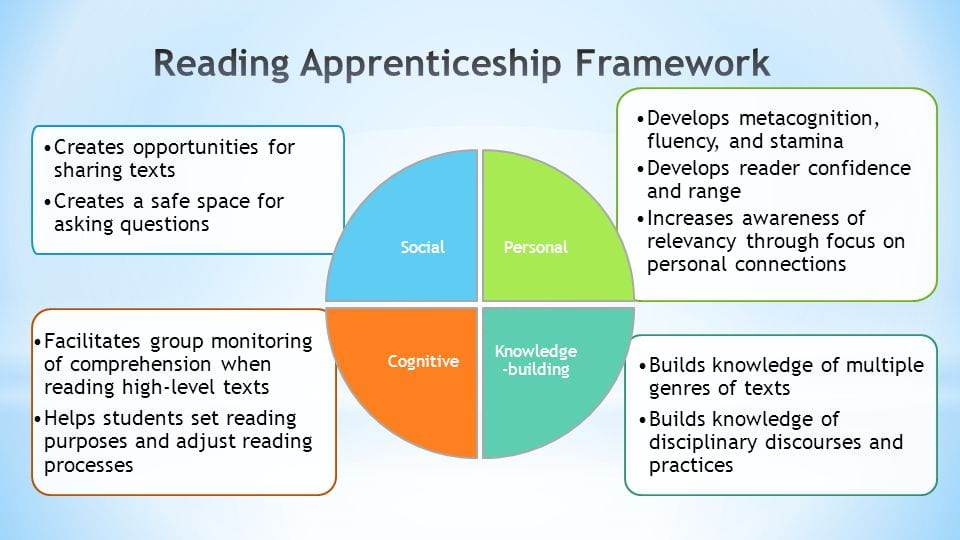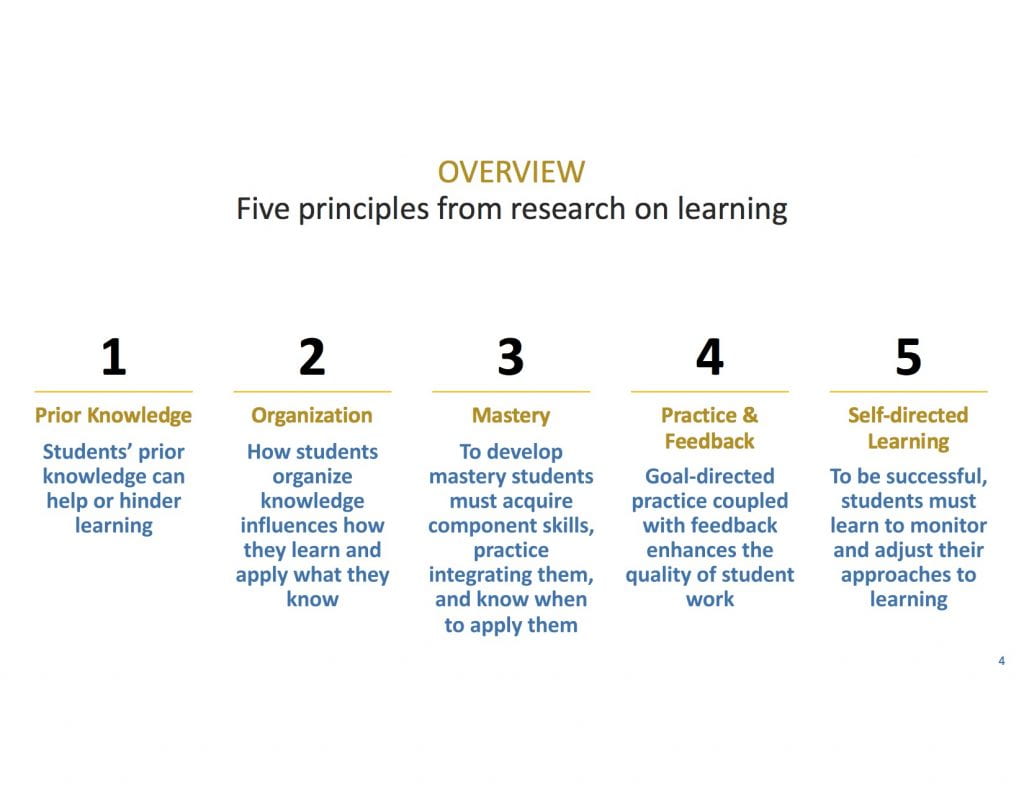
Hello SJSU Community!
It’s Dr. Rayna Friendly again. In a previous post, I continued my discussions about a model of lesson design that I learned during my graduate degree, which is taught in the Instructional Skills Workshop (ISW). The ISW has been run in more than 100 academic institutions worldwide (Day, 2004)! To date, the ISW has been found to be an effective way to transform instructor’s teaching in the classroom such that ISW participants were found to reduce their teacher-focused thinking in comparison to controls, as well as increase the number of active learning strategies used in their classrooms (e.g., Dawson et al., 2014; Macpherson, 2011). ‘BOPPPS’ is actually an acronym, which stands for the 6 basic components that are important to consider including when you are designing a lesson or workshop:
- Bridge into the lesson
- Outcomes for the lesson (as in Intended Learning Outcomes)
- Pre-assessment of learners’ existing knowledge of those outcomes
- Participatory Activities (as in Active Learning Strategies)
- Post-assessment of learners’ knowledge of the outcomes
- Summary of the lesson content
In my previous blog posts this term, I discussed majority of these components: the Bridge-in, writing Intended Learning Outcomes, and Pre/Post-Assessments of learner’s knowledge. Today, I would like to delve deeper into the remaining two components: Active (Participatory) Learning Strategies and the Summary.
Active (Participatory) Learning Strategies. These are classroom activities and content that enable learners to be active in their own learning, rather than passively just listening to a professor lecture. I don’t know about you, but I certainly found that most of what I learned as a student was more enjoyable and “stuck” longer if there was an activity, reflection, or real-world application clearly tied to it. If not, it was much easier to “zone-out” or “nod-off” during a lesson. Studies within the last decade or so have found evidence that active learning strategies support critical thinking more than traditional lectures and can positively impact comprehension, retention, and problem-solving skills (see Cummings, Mason, Shelton, & Baur, 2017, for review). Here is a good list of different types of active learning strategies from UC Berkley, however, you can simply search Google for many other examples of active learning strategies that might work well for you. Some of the ones I use regularly include Think-Pair-Share, Brainstorming, iClickers, and self-reflection.
Aligning your participatory learning to your Intended Learning Outcomes (ILOs)! Recall from my previous post on ILOs, that it is important to ensure your assessments align with the ILOs for each class or program. Additionally, it is best to choose active learning strategies that also align with your ILOs! Recall the example ILOS below:
By the end of this class, students will be able to:
[Don’t forget the ] Summary! The final component of the BOPPPS model is the summary. In my opinion, this is easy to forget to include – especially as an instructor who finds themselves running out of time to cover all the content at the end of a lesson. However, it is also sometimes the most important information to include for students, who often tell me how useful they find it when I summarize the main “take-home” points of the lesson (which includes opportunities to review topics multiple times and indicates which information would be fair to be included on any tests or assignments). If you do run out of time in one class, consider using the beginning of the following class to summarize that material. Not only will it be helpful to the students, but it can also serve as a BRIDGE for the upcoming course content!
Well, that’s it for my eCampus blog posts this F19 term. Next term, I will still be facilitating the TCoP, and encourage you to join the community!
- The Teaching Community of Practice (TCoP) is a group for part- and full-time SJSU faculty (of all levels, across all departments), who are interested in enhancing their respective teaching practices. The TCoP will meet regularly, according to members’ schedules, to exchange strategies, tips and resources that have led to successful (and sometimes, less-than-successful) teaching experiences. Please fill out this form if you are interested in joining this community and you will be added to the groups’ mailing list. For inquires about the TCoP, please contact me at rayna.friendly@sjsu.edu.
REFERENCES:
Cummings, C., Mason, D., Shelton, K., & Baur, K. (2017). Active learning strategies for online and blended learning environments. In Flipped Instruction: Breakthroughs in Research and Practice (pp. 88-114). IGI Global.
Day, R., & the ISW International Advisory Committee. (2004). Instructional Skills Workshop: From grassroots initiative to international perspectives. Paper presented at the Society for Teaching and Learning in Higher Education. Retrieved from http://iswnetwork.ca/wp-content/uploads/2012/07/Hand5_ICED.pdf
Dawson, D., Borin, P., Meadows, K., Britnell, J., Olsen, K. & McIntryre, G. (2014). The Impact of the Instructional Skills Workshop on Faculty Approaches to Teaching. Toronto ON: Higher Education Quality Council of Ontario
Macpherson, A. (2011). The Instructional Skills Workshop as a transformative learning process. Unpublished doctoral dissertation. Simon Fraser University, Burnaby, BC.

